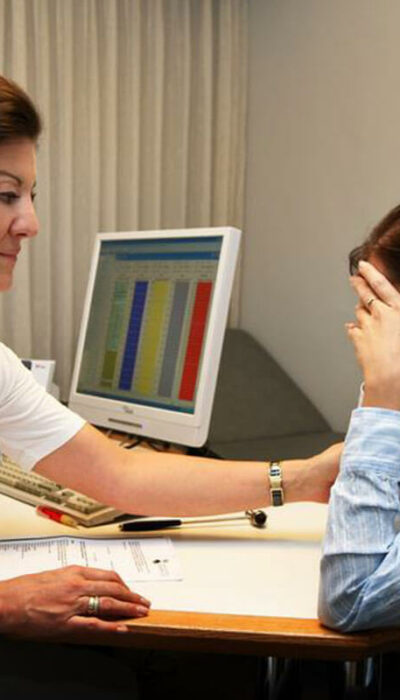
All You Need to Know About Insulin Pens
To effectively manage diabetes, some patients need to take insulin shots throughout the day. An insulin pen is an effective insulin delivery system that makes giving these shots extremely easy and comfortable. Insulin pens are quickly gaining popularity in the country. These pens include an insulin cartridge, a disposable needle, and a dial to measure dosage that helps in delivering the exact amount needed by the body. Insulin pens deliver anywhere between 0.5 to 80 units of insulin at one time. The increments in the dosage can be in half unit, one unit or two units. The maximum dosage, as well as the incremental amount, varies in different kinds of pens. Types of insulin pens Primarily, there are two types of insulin pens: Disposable: This contains a pre-filled insulin cartridge. You can discard the pen after injecting it. Reusable: Reusable pens contain replaceable insulin cartridges. After injecting yourself, you can throw away this cartridge and replace it with a fresh one. With proper care, these reusable pens can last for more than a year. However, you need to use a fresh and disposable needle every time you use the insulin pen. These needles are available in different thicknesses and lengths, and mostly, all of them fit on every kind of insulin pen. It is best to consult your medical practitioner to choose the best type of insulin pen for your needs. How to choose an insulin pen? You need to consider several factors before purchasing an insulin pen. Some of these factors are: Type of insulin pen Size of the insulin dosage that it can contain Increments in dosage allowed Material and durability (if you’re buying a reusable pen) Ability to rectify the dosage amount How it displays the remaining insulin levels Size of the numbers mentioned on the dial How to store an insulin pen?










